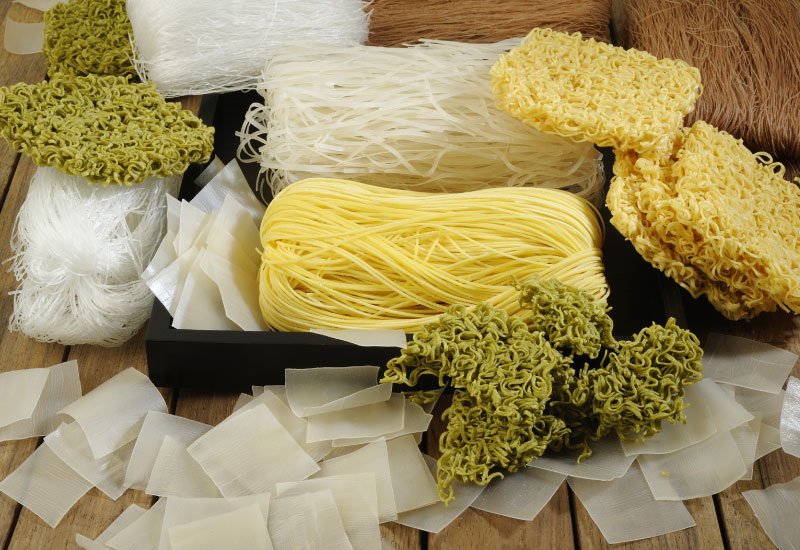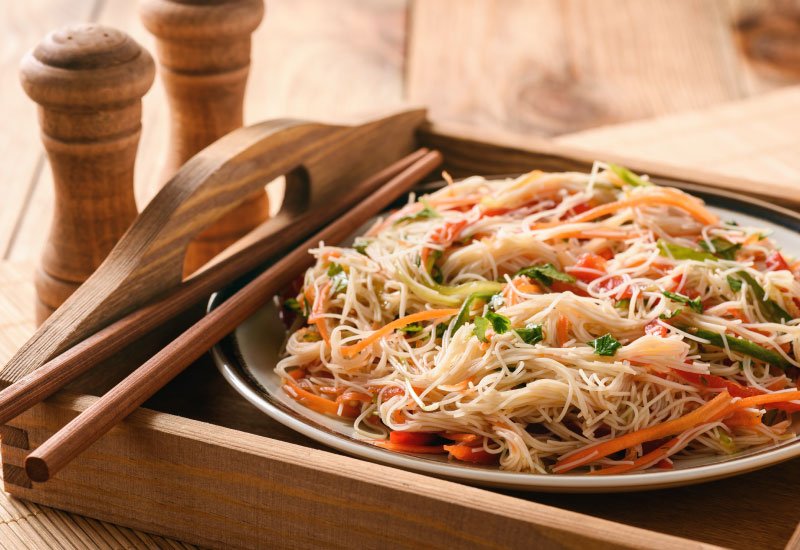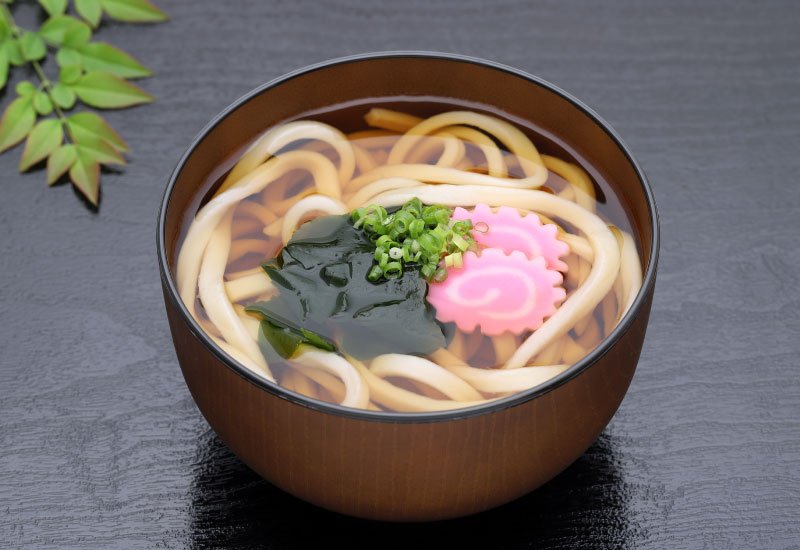
Do you know that there are many types of noodles beyond pasta? Living in Asia, you’ve probably come across many types of noodles in different lengths, shapes, flavours and textures.
Asian noodles differ from pasta in the types of flour and starches used, so they are not cooked the same way. They are also lengthier as they symbolize long life. Asian noodles are divided into three types: wheat, rice and glass or cellophane noodles. They are made from different types of ingredients from rice flour, buckwheat flour, root vegetables and mung bean starches, tapioca flour and even seaweed. Each type of noodles can be served in various ways such as in a broth, stir-fried, deep-fried, served hot or cold as a salad, stuffed in a flatbread, spring rolls or even incorporated into braises. Texture-wise, Asian noodles vary from a chewy mouthful to slippery, smooth and silky texture.
Most noodles are sold dried in supermarkets so storing them for a longer period is fine so long as they sit in a cool, dry place. Fresh noodles like the Chinese egg noodles or soft rice noodles are best eaten fresh or refrigerated for a few days only.
Here’s a guide to different types of Asian noodles and how to cook them.
Rice noodles

Made from rice starch, rice noodles boast a firm, springy texture and they come with wider, thicker varieties that are able to absorb the flavours of sauces and broths they are served with. Rice noodles are white when uncooked but will be slightly translucent when cooked. Rice noodles just need soaking before they are cooked and are gluten-free. Rice vermicelli, a type of rice noodle called bee hoon can be made easily into salads, soups and stir-fries. Just soak them in boiling water for a few minutes before using it. If you’ve had Pad Thai, you’ve had these dried flat noodles made from rice and tapioca flour. Before using, soak in boiling water for up to 25 to 30 minutes until softened, before using.
Wheat noodles
Wheat noodles are made with wheat flour and egg, but what makes it different from the Italian pasta is that it is made by pulling and stretching the noodles. This works the gluten in the dough, hence creating a different texture and consistency whereby it is springier and bouncier than pasta. Two common wheat noodles are the Lo Mein and Chow Mein which are available in both dried and fresh forms. Both versions need to be parboiled till al dente. Do remember that the dried version will need a longer cooking time as compared to fresh ones. After parboiling, it can then be stir-fried with meat, seafood and vegetables.
Cellophane or glass noodles
Made from different starches like mung bean, tapioca or sweet potatoes, these noodles are opaque, tasteless and of gelatinous texture. They are usually much thinner, almost threadlike and have a glassy, transparent appearance. Like rice noodles, glass noodles also need to be soaked before using, unless when deep frying them. After soaking, drain them and rinse thoroughly with cold water to stop the cooking process. Drain well and toss in oil to prevent them from cooking.
Soba noodles
Nutty in flavour and delicious in soups, eaten cold on its own or with a dipping sauce, soba noodles are made from buckwheat that gives it its distinctive flavour, texture and brown colour. Because it is made from buckwheat flour, it is gluten-free and also lower in calories – perfect for those who are looking for healthier alternatives. To cook soba noodles, you need to boil them for 4 – 6 minutes. Drain the noodles and run them in cold water to stop the cooking process and drain well.
Udon noodles

Udon noodles are fat and chewy, and has a distinct bounce as they dangle from your chopsticks. Made from wheat flour, you can eat udon hot or cold, stir-fried or in a strong flavoured broth. Udon is usually found pre-cooked in vacuum packs. Before cooking them, soak in a bowl of boiling water and loosen them with a chopstick for 2 to 3 minutes till they soften. Drain them well before using.
